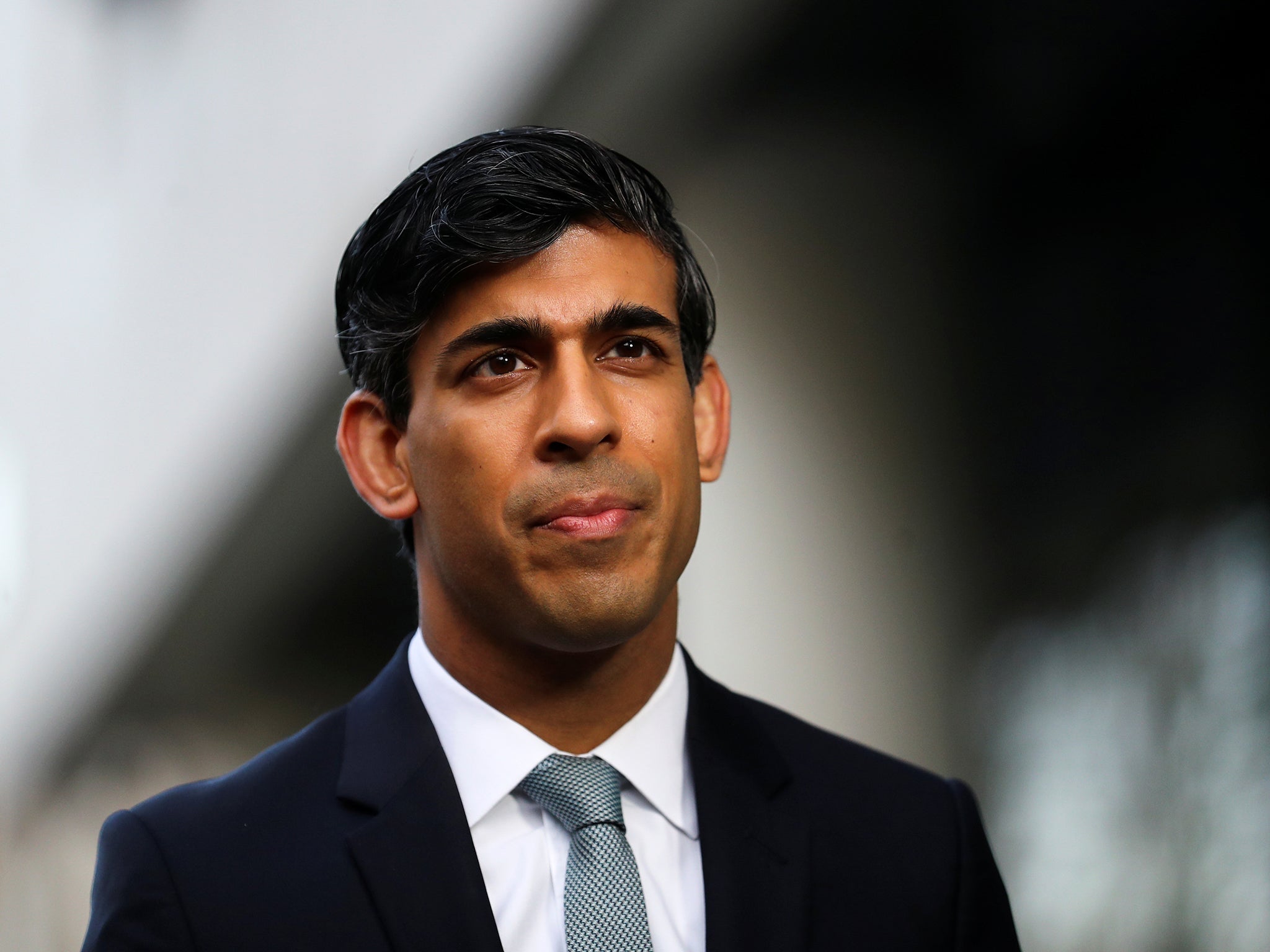The three factors you should pay attention to when Rishi Sunak unveils his spending review
The only way of squaring the books will be through growth. But until that returns, there will be a lot of economic debris to clean up, writes Hamish McRae


Next year the economy – and our lives – will move back to some sort of normality. So too will the government’s finances. On Wednesday, we will learn more about what the new normal will look like when Rishi Sunak unwraps the spending review for the new financial year starting next April. We will be moving from the big bang of the Covid emergency to the steady state of mopping up the debris.
The review is only for one year, something that the chancellor has been criticised for. But in reality, it is very hard to plan spending for several years ahead when you have little idea of the revenues the economy will churn out. Take the October figures, which came out last week. They showed that the deficit for the month was £22bn, nearly double that for October last year. There are all sorts of revisions going on, but it looks as though the deficit this financial year may not be quite as high as feared in the summer.
But it is still almost unbelievably massive. It is easiest to think in round numbers, and there is a good summary. in the House of Commons Library. The economy in the last financial year was roughly £2,200bn. The deficit was about £56bn, so 2.5 per cent of GDP. Revenue since the 1970s has been stuck in the range of 35-40 per cent of GDP – it got just above 40 per cent in the early years of the North Sea oil boom. Spending has jumped around from 35 per cent of GDP to 47 per cent in 2010 when the deficit touched 10 per cent of GDP.
This year will beat that 2010 record by a massive margin. We will get a new official estimate from the Office for Budget Responsibility on Wednesday, but the latest central projection from the Institute for Fiscal Studies is that the deficit will be around £350bn, or 17 per cent of GDP. That will be the highest deficit ever in peacetime. But that is the past, or at least come next April it will be. What should we look for about the future? There are three main areas to seek clues.
One is how quickly the OBR thinks the economy will recover. Are we back to the peak at the end of 2019 by the end of next year? Or a bit above it? Or still below it? It is tricky because we don’t know what will happen to the rest of the world economy, and we don’t know the terms on which we will be trading with the European Union. But let’s see what their best guess is. It is extremely important because we don’t know the revenue until we know the size of the economy that pumps out that revenue.
Next, we need to know more about government spending priorities. This year, spending has been all over the place, with, I am afraid, huge incompetence. The numbers wasted on PPE have been rightly savaged, but that is just part of a much wider problem. This government, and to be fair its predecessors over many years, have not been good at procurement. But next year we will have sight of policy, or at least intended policy, for more normal times.
There have been a plethora of spending promises by the government, some general such as the levelling up of poorer regions, some specific, such as spending more on defence. What we should look for now are the hard numbers. The detail matters and the timing matters. Politicians often trot out a figure but then you find that it is actually three years down the line and the money is pinched from some other budget. What is called investment is often not investment at all but disguised current spending.
The third thing to look for will be how quickly the government expects to get the deficit down to an acceptable level, and for that, the Maastricht convention of 3 per cent of GDP is not a bad baseline. That has implications for taxation. Nothing much can be done on taxes until the economy is growing again, so do not expect much detail about that. But the number to look for will be the projected tax take as a percentage of GDP. Taxes will almost certainly have to rise, but every effort to push them above that 40 per cent level, net of North Sea revenues, has failed. So unless you think that people are prepared to pay more tax than at any stage for the past 50 years, Sunak will have to work within that ceiling.
If all this sounds very difficult, it certainly is. Very low interest rates do push the problem forward, but at a cost of denying savers a decent return – indeed any return – on their savings. Inflating away the government debt is a form of wealth tax, and that will probably happen. The saving grace, the only way of squaring the books, will be growth. That will come back. But there is a lot of debris to be mopped up until it does.
Join our commenting forum
Join thought-provoking conversations, follow other Independent readers and see their replies
Comments